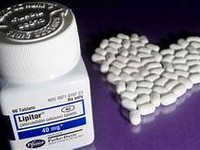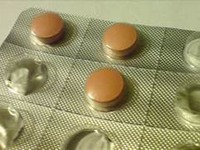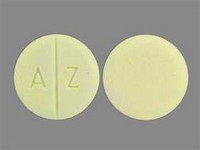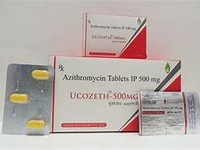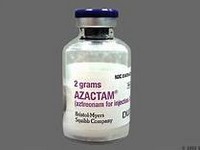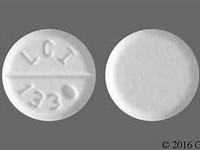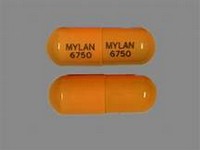Benzylpenicillin
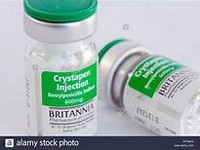
Benzylpenicillin
CLINICAL USE
Antibacterial agent
DOSE IN NORMAL RENAL FUNCTION
2.4–14.4 g daily in 4–6 divided doses
PHARMACOKINETICS
Molecular weight :334.4 %Protein binding :60 %Excreted unchanged in urine : 60–90 Volume of distribution (L/kg) :0.3–0.42half-life – normal/ESRD (hrs) :0.5/10 DOSE IN RENAL IMPAIRMENT
GFR (mL/MIN)
20 to 50 : Dose as in normal renal function 10 to 20 : 600 mg – 2.4 g every 6 hours depending on severity of infection <10 : 600 mg – 1.2 g every 6 hours depending on severity of infection DOSE IN PATIENTS UNDERGOING RENAL REPLACEMENT THERAPIES
CAPD :Dialysed. Dose as in GFR <10 mL/min HD :Dialysed. Dose as in GFR <10 mL/min HDF/high flux :Dialysed. Dose as in GFR <10 mL/min CAV/VVHD :Dialysed. Dose as in GFR 10 to 20 mL/min IMPORTANT DRUG INTERACTIONS
Potentially hazardous interactions with other drugsReduced excretion of methotrexate ADMINISTRATION
Reconstition
IV Bolus: 600 mg in 5 mL water for injectionIV Infusion: 600 mg in at least 10 mL sodium chloride 0.9%IM: 600 mg in 1.6 mL water for injection 600 mg displaces 0.4 mL Route
IV Bolus, IV Infusion, IM Rate of Administration
IV bolus: over 3–4 minutes IV infusion
: over 30–60 minutes Comments
IV doses in excess of 1.2 g must be given slowly at minimum rate of 300 mg/minute OTHER INFORMATION
Dose in normal renal function: meningitis up to 14.4 g daily; bacterial endocarditis 4.8 g dailyMaximum dose in severe renal impairment: 4.8 g per day600 mg of benzylpenicillin sodium (1 mega unit) contains 1.68 mmol of sodium600 mg of benzylpenicillin potassium contains 1.7 mmol potassiumIncreased incidence of neurotoxicity in renal impairment (seizures)False positive urinary protein reactions may be caused by benzylpenicillin therapy
See how to identify renal failure stages according to GFR calculation
See how to diagnose irreversible renal disease
Home

